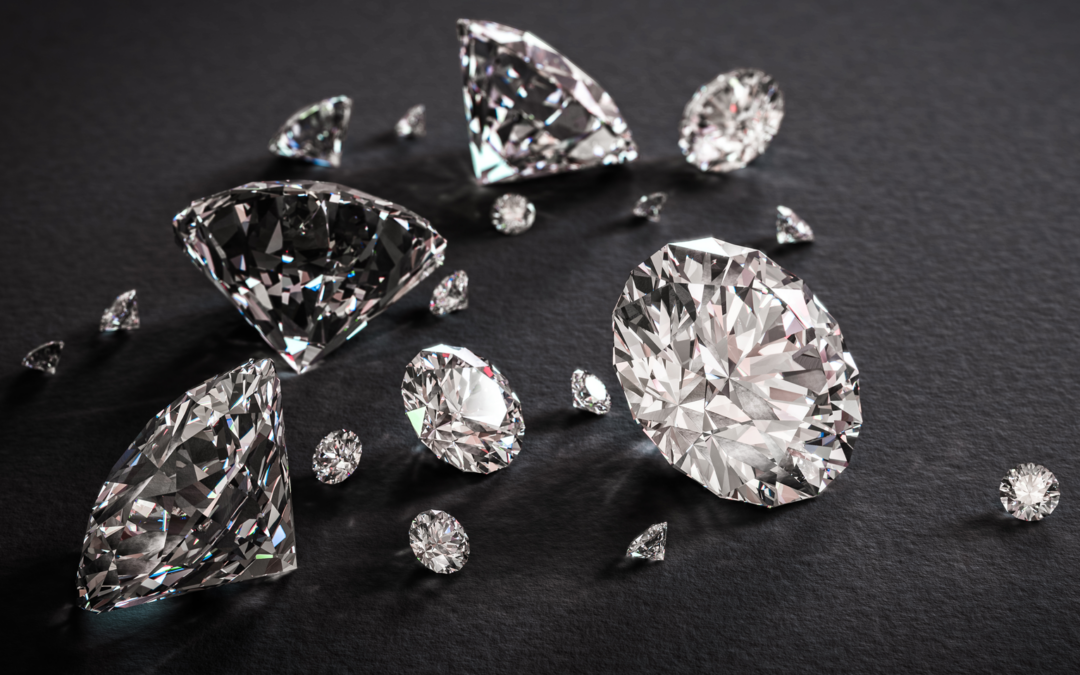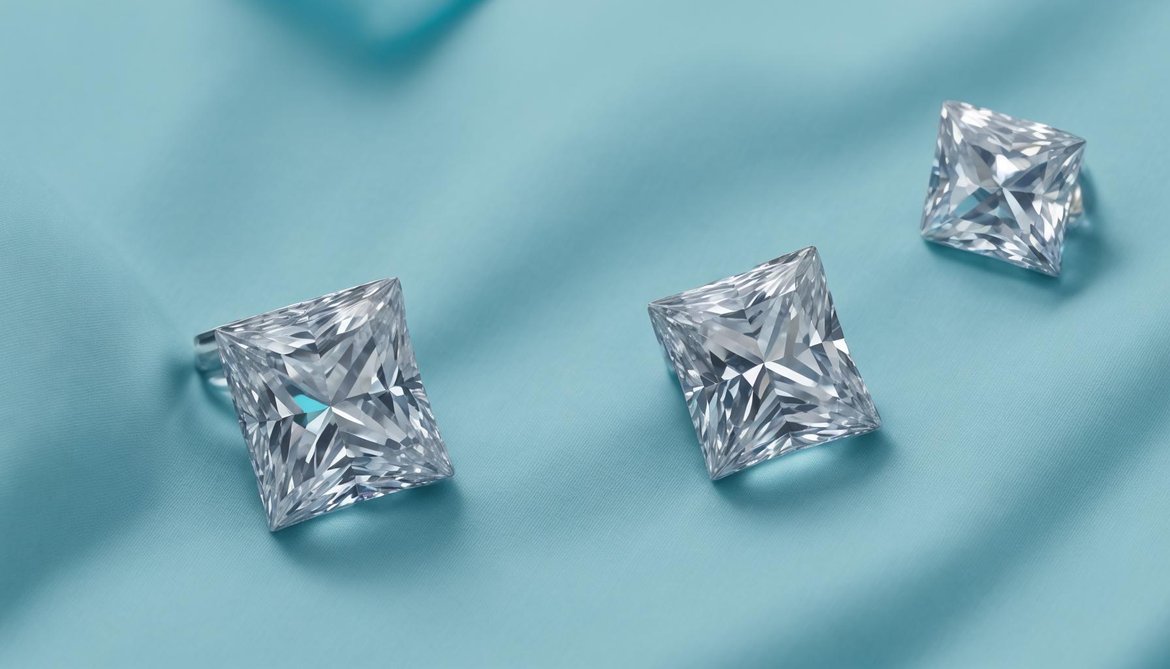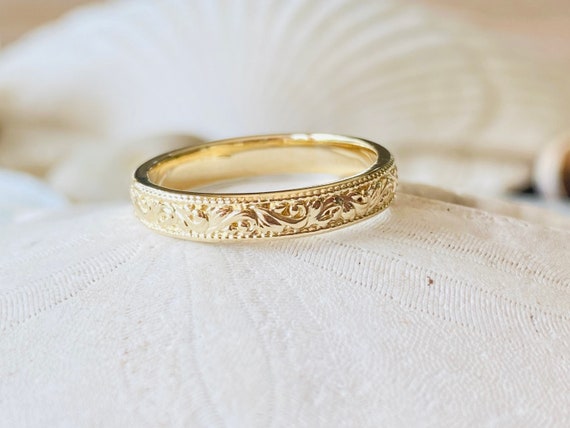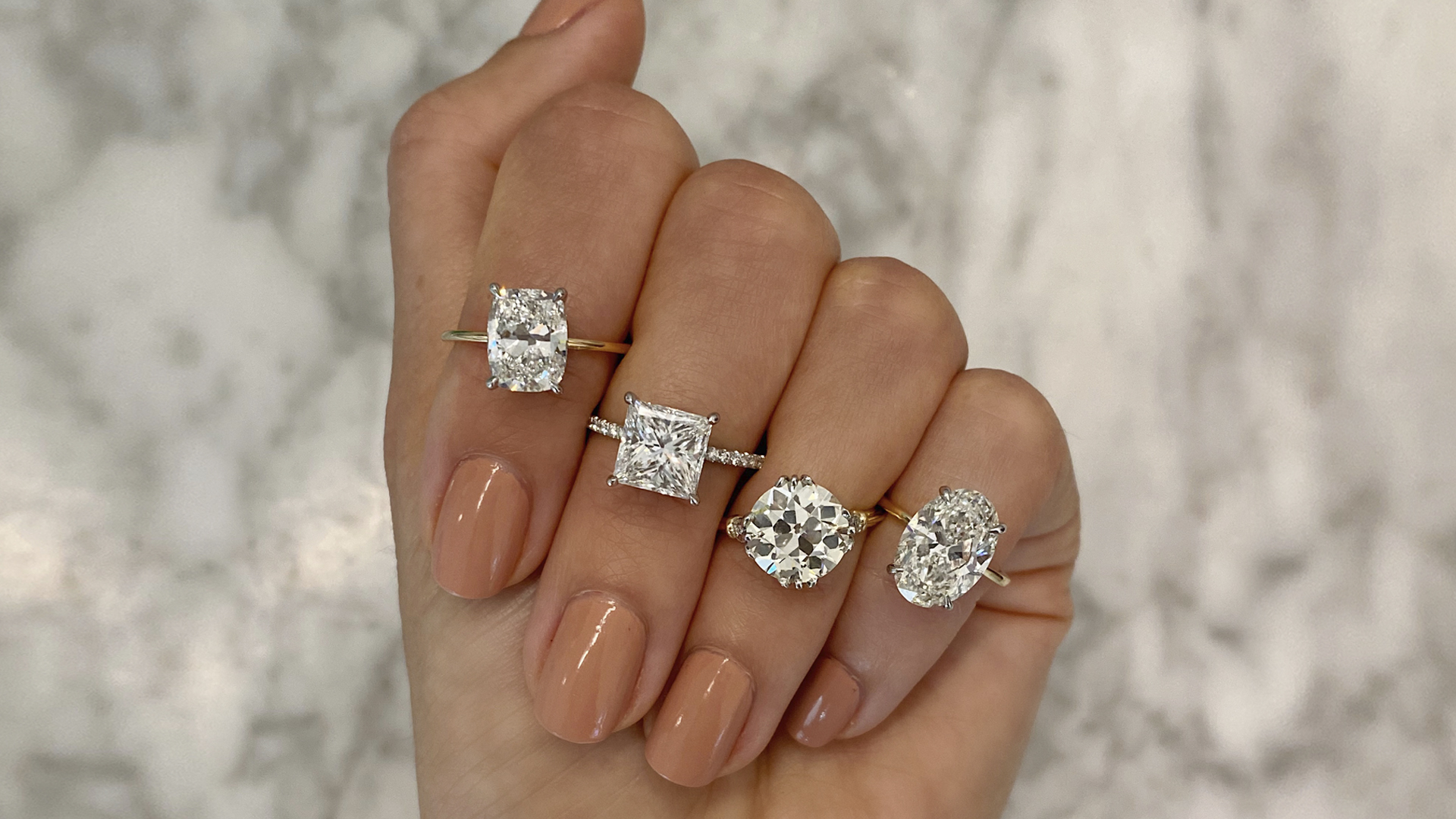Lab-Grown Diamonds vs. Natural Diamonds: A Comprehensive Comparison
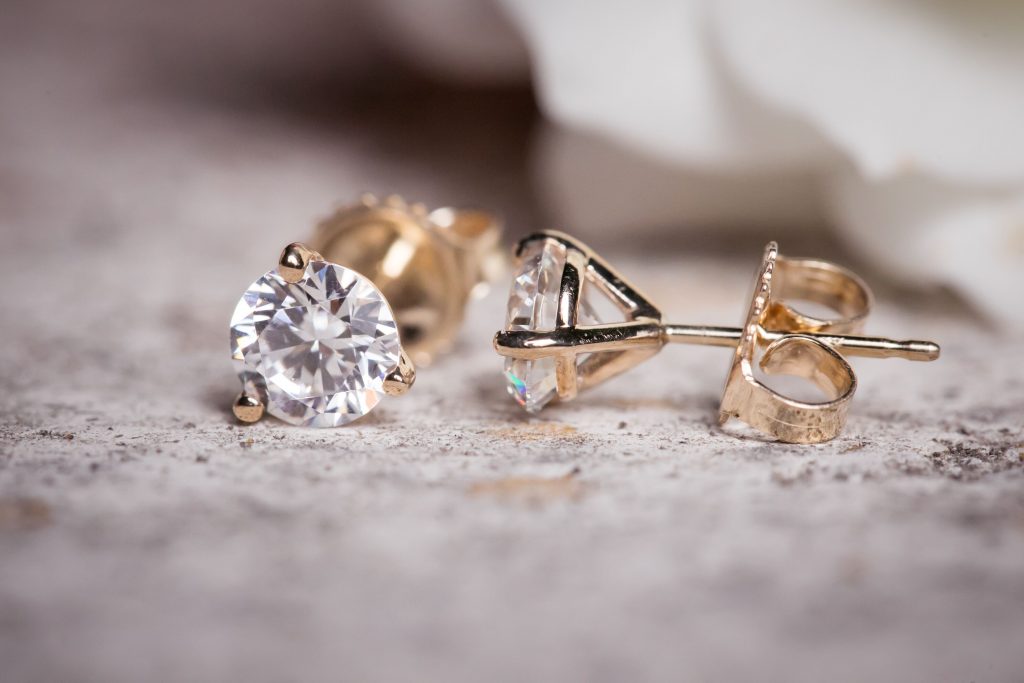
Diamonds have long been a symbol of luxury, romance, and enduring value. As technology has advanced, the diamond industry has seen a shift with the introduction of lab-grown diamonds. These synthetic gems offer a more affordable and sustainable alternative to natural diamonds, but how do they really compare? Let’s explore the key differences and similarities between lab-grown and natural diamonds, delving into their creation, cost, environmental impact, and ethical considerations.
How Are They Made?
Natural Diamonds are formed deep within the Earth’s mantle, subjected to immense heat and pressure over millions of years. They are brought to the surface through volcanic activity and are then mined. The process is time-consuming and relies on natural geological forces.
Lab-Grown Diamonds, also known as synthetic or cultured diamonds, are created in a laboratory. There are two main methods for creating these diamonds: High-Pressure High-Temperature (HPHT) and Chemical Vapor Deposition (CVD). HPHT mimics the natural conditions under which diamonds form, while CVD involves growing diamonds on a substrate using carbon-rich gas. Both methods produce diamonds with the same chemical composition and crystal structure as natural diamonds.
Physical and Chemical Properties
From a physical and chemical standpoint, lab-grown and natural diamonds are virtually identical. Both consist of carbon atoms arranged in a crystalline structure. They have the same hardness, brilliance, and sparkle. In fact, it’s almost impossible to distinguish between the two without specialized equipment. Jewelers and gemologists often use advanced tools to determine a diamond’s origin.
Cost and Availability
Lab-grown diamonds are generally more affordable than their natural counterparts. Because they are produced in a controlled environment, their supply is not dependent on mining and geological factors. This makes lab-grown diamonds typically 20-40% cheaper than natural diamonds of comparable size and quality.
Natural diamonds, on the other hand, are priced based on rarity, size, quality, and demand. The mining, sorting, and distribution processes contribute to their higher cost. The price difference has made lab-grown diamonds an attractive option for consumers looking for a more budget-friendly choice.
Environmental Impact
One of the key selling points for lab-grown diamonds is their lower environmental impact. Diamond mining can lead to land degradation, habitat destruction, and significant energy consumption. Additionally, mining operations can create water pollution and require large-scale machinery lab created diamonds, contributing to carbon emissions.
Lab-grown diamonds require significantly less energy and have a smaller carbon footprint. However, the environmental impact can vary depending on the source of the energy used in the production process. Renewable energy sources used in lab-grown diamond production can further reduce their environmental footprint.
Ethical Considerations
Ethical concerns have been a major driving force behind the popularity of lab-grown diamonds. The diamond industry has faced criticism for “blood diamonds” or “conflict diamonds”—diamonds mined in war zones and used to finance armed conflict and human rights abuses. While initiatives like the Kimberley Process aim to prevent the trade of conflict diamonds, the system is not foolproof.
Lab grown diamonds vs real diamonds, being produced in controlled environments, do not carry the same ethical risks. This makes them a preferred choice for consumers concerned about human rights and ethical sourcing.
Which Should You Choose?
Choosing between lab-grown and natural diamonds ultimately depends on personal preferences, budget, and ethical considerations. Lab-grown diamonds offer a more affordable, environmentally friendly, and ethically sound option. They provide the same brilliance and beauty as natural diamonds, often at a lower cost. However, natural diamonds have a unique allure due to their geological history and rarity. They are often viewed as timeless and hold a certain prestige.
When deciding, consider what matters most to you: cost, environmental impact, ethics, or the unique history of a natural diamond. Both types of diamonds offer stunning beauty and can be treasured for a lifetime.


